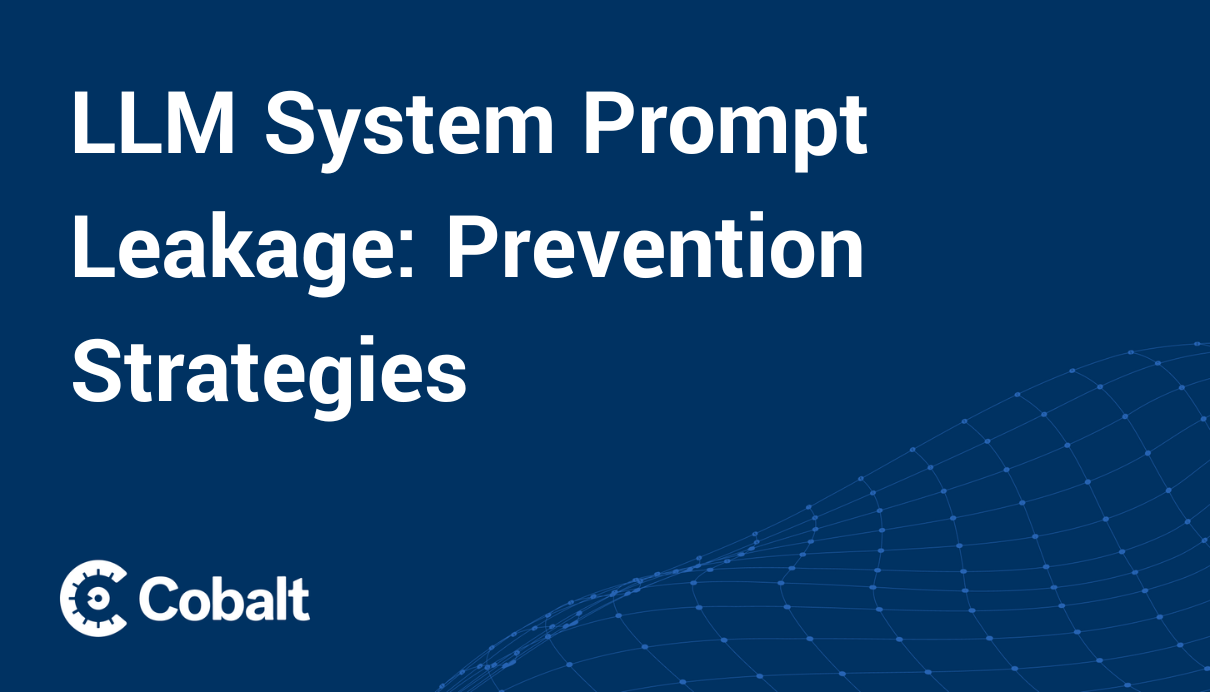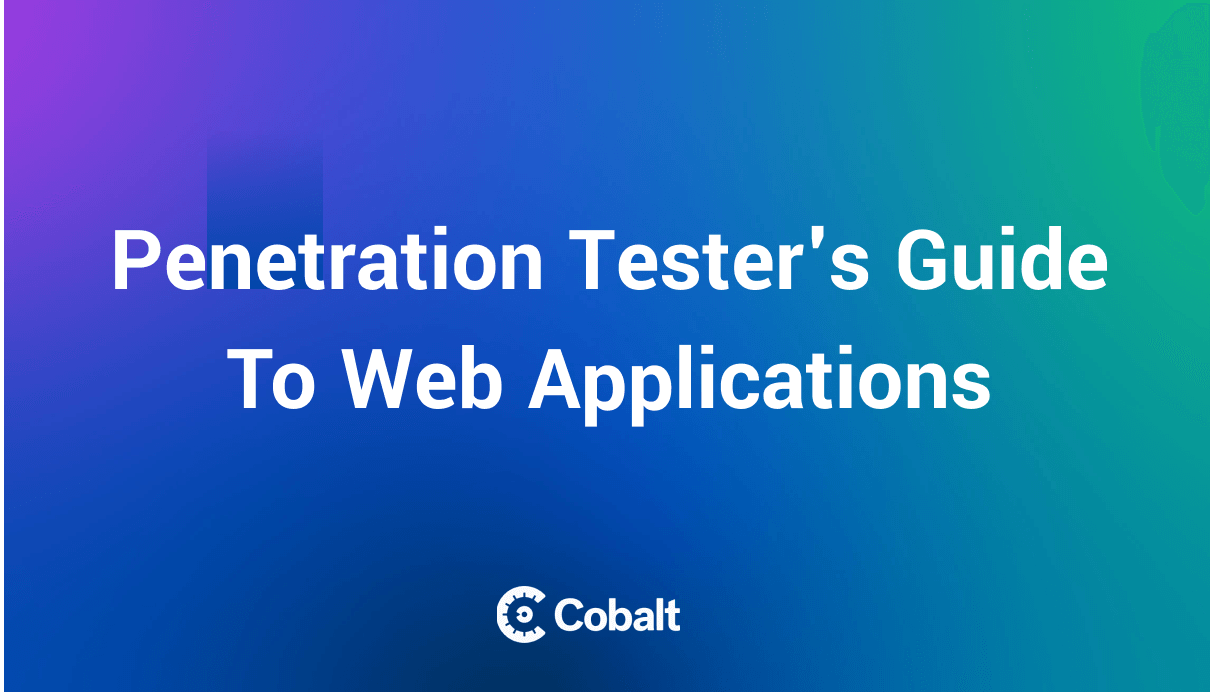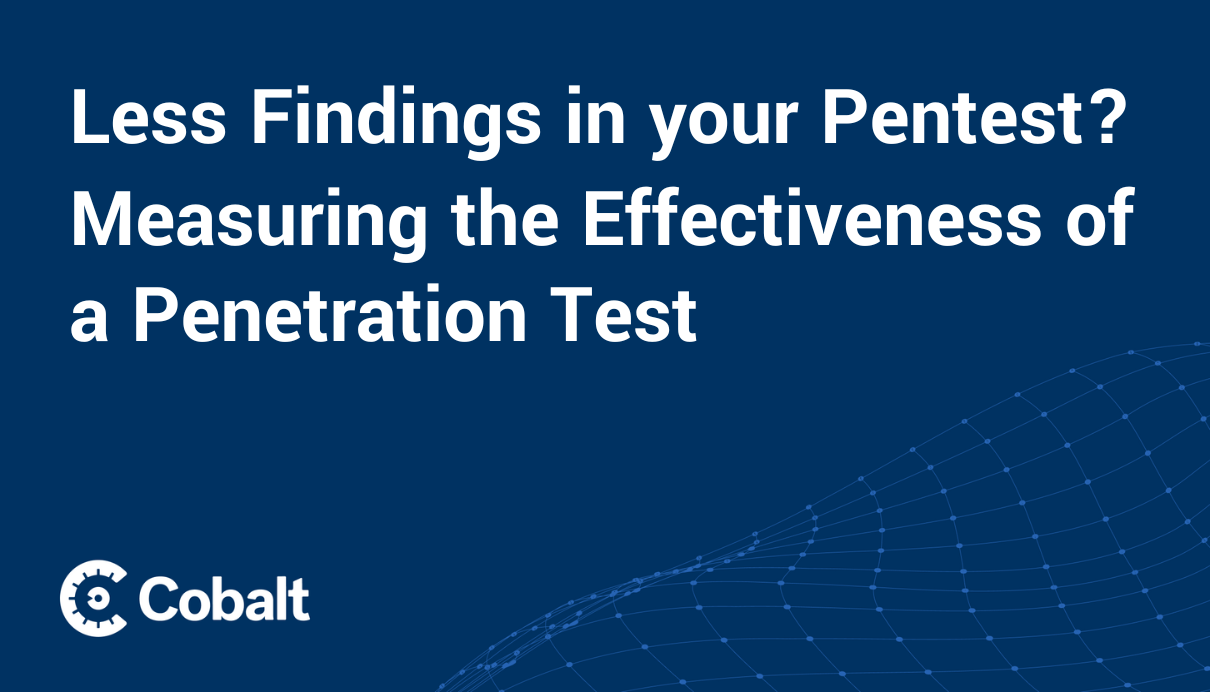API pentesting tools have become critical for cybersecurity. APIs play a crucial role in the finance, retail, and transportation industries, but they run many risks. API security issues range from broken authorization and authentication processes to server-side request forgery and security misconfiguration. Left unchecked, these vulnerabilities can cripple your network, compromise your customers' privacy, and cost you your business.
AI penetration testing tools can protect you against these risks by proactively identifying vulnerabilities so you can mitigate them. Here's our guide to some of today's top API pentesting tools. We cover:
Postman
Postman primarily functions as a collaborative API development platform, but it has been adapted to pentesting. Postman simplifies the steps of the API lifecycle to streamline collaboration. It provides collaborative workspaces, a repository for storing and managing API artifacts, integrations with tools in API development pipelines, and tools for design, testing, documentation, mocking, and other tasks.
These features can be leveraged for pentesting. Postman can be integrated into the API pentesting chain as a browser and client application layer and proxied through an interception proxy such as Burp or ZAP. Postman serves as the clean version of API calls, while the interception proxy handles tampering and fuzzing.
Using Postman to proxy pre-built API calls can speed up pentesting time, improve quality, and cut costs. After the initial API call, pentesters can follow up by using the proxy to interact with the API directly and run active and manual tests, without necessarily continuing to run Postman.
While Postman continues to be widely used for pentesting, some long-term advocates have stopped using Postman for API pentests because of functionality changes to the offline Postman client that now require the use of an online account for full functionality. This forces syncing of request collections to Postman's cloud service, a potential compromise of client data for pentesters. Currently, Postman does not allow syncing to be disabled when using an account. This may change. Meanwhile, pentesters using Postman should be aware of this issue.
BurpSuite
Burp Suite is a comprehensive web security testing platform that excels at API penetration testing. Its core strength lies in its intercepting proxy, allowing testers to capture and manipulate API requests and responses passing between Postman (or any client) and the server. This interception capability is crucial for understanding API structure, data flow, and parameters, enabling testers to inject malicious payloads for vulnerability discovery.
Burp Suite offers several key tools for API testing. Repeater allows for controlled re-sending of modified requests, facilitating precise attack tuning and response analysis. Intruder automates attacks like fuzzing and brute-forcing, saving testers time and effort. The scanner identifies common web vulnerabilities, while the Sequencer analyzes the randomness of tokens to detect predictability.
By integrating Burp Suite with Postman, security testers create a powerful API testing workflow. Postman manages API requests, while Burp Suite provides advanced tools for in-depth security analysis. This combination allows for efficient and thorough API testing, uncovering vulnerabilities before exploitation.
Swagger
Swagger isn't a penetration testing tool itself, but rather a powerful API documentation tool. It provides a standardized way to define and describe REST APIs, making it invaluable for both developers and testers. When available, Swagger documentation significantly aids the API penetration testing process.
Swagger files (typically in JSON or YAML format) describe all the available API endpoints, their parameters, request/response formats, authentication methods, and more. This detailed information gives penetration testers a clear understanding of the API's structure and functionality, allowing them to quickly identify potential attack surfaces and craft targeted tests. Instead of having to reverse-engineer the API, testers can leverage Swagger's documentation to understand how the API is intended to be used.
For example, Swagger documentation can reveal the expected data types for API parameters, which helps testers create effective fuzzing payloads. It can also highlight authentication requirements, enabling testers to focus their efforts on authentication and authorization vulnerabilities. While not a pentesting tool directly, access to Swagger documentation helps to improve the overall effectiveness of API penetration tests by providing crucial insights into the API's design.
SoapUI
SoupUI is a tool primarily designed for testing SOAP-based web services. While its focus isn't solely on penetration testing, it can be a valuable asset when dealing with APIs that utilize the SOAP protocol. SoapUI provides functionalities for creating, testing, and managing API requests, which can be leveraged during a penetration test.
SoapUI allows testers to easily construct SOAP requests and send them to the API endpoint. It offers features for manipulating these requests, allowing testers to inject different data and payloads to test for vulnerabilities. While similar to Postman in some aspects, SoapUI is specifically tailored for the complexities of SOAP-base APIs, including handling XML structures and WS-* specifications. This makes it particularly useful when dealing with APIs that require specific SOAP headers or message formats.
Like Swagger, SoapUI projects can serve as documentation, outlining the structure of SOAP requests and responses. This can be a valuable resource for penetration testers, providing insights into the API's expected behavior and helping them understand how to interact with it effectively. While not a dedicated penetration testing tool, SoapUI can be a useful component in the toolkit when working with SOAP-based APIs, particularly for request manipulation and understanding API structure.
GraphQL
GraphQL, a query language for APIs, offers flexibility but poses unique penetration testing challenges. Unlike REST, GraphQL lets clients request specific data, requiring testers to craft precise queries for vulnerability discovery. Understanding the GraphQL schema is crucial; introspection queries can reveal the entire schema, mapping the API's capabilities and potential attack vectors.
Testing GraphQL involves techniques like DoS attacks via complex queries, authorization bypasses by exploiting implementation flaws, and injection attacks within queries. GraphQL's exposed schema aids testers in understanding the data model and identifying data access/manipulation vulnerabilities. While general API tools can be adapted, dedicated GraphQL testing tools are emerging to address its specific challenges. Learn more about effective penetration testing with GraphQL.
ZAP
Checkmarx ZAP, developed as an OWASP project, is an open-source dynamic security application testing (DAST) tool that can be used as a proxy serve for API scanning. It scans and analyzes responses from target web applications.
ZAP can identify vulnerabilities such as cross-site scripting, SQL injection, and buffer overflow attacks. It can run both passive and active scans. The platform features a user-friendly interface, an intercepting proxy, automated scanners, various plug-ins, and multi-platform support.
ZAP understands formats such as JSON and XML, enabling it to be used to scan APIs. It can be configured for API scanning through various add-ons, including add-ons for OpenAPI, GraphQL, and SOAP. Alternatively, it can be set up for API scanning by importing a list of endpoints or proxying regression tests through ZAP. Once ZAP knows which endpoints to check, it scans them as if they were HTML sites.
Like other automated tools, ZAP needs manual support to detect application logic errors. It lacks built-in compliance support tools.
Secure Your API with Cobalt Pentesting
Even the best pentesting tools only work when coupled with the right testing methodology and expertise. If you rely exclusively on automated or AI-driven pentesting tools, you miss overlooking vulnerabilities in complex API integrations and business logic. Additionally, merely using the right tool doesn't guarantee regulatory compliance. Combining your pentesting solution with automated scanned such as with DAST or expertise support can help ensure that you deploy your tools correctly for comprehensive protection and compliance.
Application security pentesting solutions at Cobalt provide the support you need for effective API protection. Our scalable, user-friendly platform makes it easy for your security staff to collaborate with our team of experienced pentesters, led by experts who contribute to OWASP security standards. We use a customized coverage checklist to ensure that your pentesting meets your specs and compliance requirements. Our reports let you monitor your API security over the long term to spot trends, root issues, and improvement opportunities. Our solution integrates with Jira, GitHub, or our own Cobalt API to help you share findings with your development teams.









